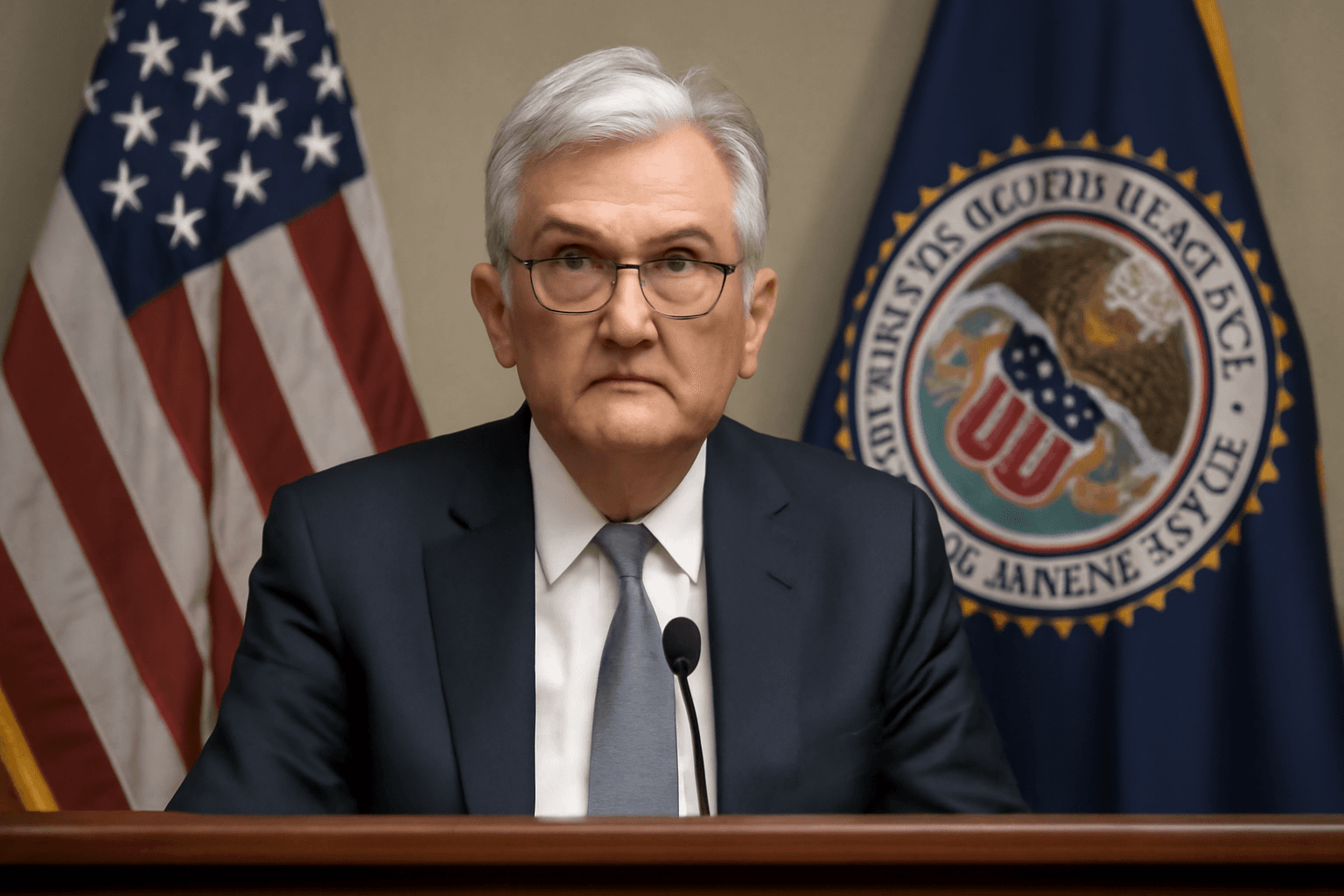Mortgage Applications Jump as Interest Rates Hold Steady
Mortgage demand climbed to its highest point in more than a month, driven by increased activity among both prospective homebuyers and homeowners seeking to refinance. Despite minimal changes in interest rates, the market is showing signs of renewed vigor following adjustments for the recent Memorial Day holiday.
Key Mortgage Market Developments
- The average contract interest rate for 30-year fixed-rate mortgages on loans up to $806,500 in conforming balances inched up slightly to 6.93% from 6.92% the previous week.
- Mortgage refinance applications jumped 16% week-over-week and were 28% higher compared to the same week last year.
- Applications for home purchase loans increased by 10% from the prior week and stood 20% above last year’s figures.
Interest Rates: Minor Fluctuations, Yet Strong Borrower Response
While the 30-year fixed-rate mortgage saw a modest rise of just 0.01 percentage points, points paid at loan origination declined slightly, reaching 0.64 from 0.66 for borrowers putting down 20%. Rates for 15-year fixed loans and Federal Housing Administration (FHA) loans experienced minor decreases.
Even with rates hovering near last year’s levels — just 9 basis points lower than exactly one year ago — mortgage applications gained momentum. This suggests a growing willingness among buyers and refinancers to act despite relative stability in borrowing costs.
Supply Boost Fuels Purchase Activity
The lift in purchase mortgage applications is partly attributed to a significant increase in housing inventory, which is approximately 31% higher than this time last year. This expanded supply has started to ease price pressures, creating more opportunities for homebuyers.
Buyers seem eager to capitalize on these improved market conditions despite ongoing economic uncertainties. The uptick in listings has provided much-needed options in various markets, encouraging more purchase activity.
What Lies Ahead?
Mortgage rates have stayed within a narrow range over recent months, but upcoming economic data releases, such as new inflation figures, alongside ongoing trade negotiations with China, could trigger shifts in bond markets that in turn affect mortgage rates.
For now, the gradual rise in applications combined with stable rates offers a glimpse of cautious optimism among borrowers balancing market opportunities with economic concerns.

















